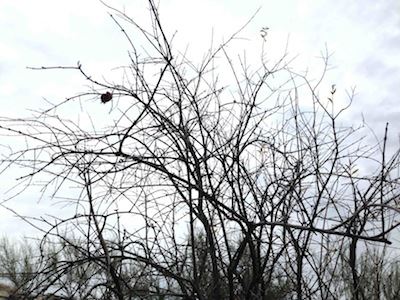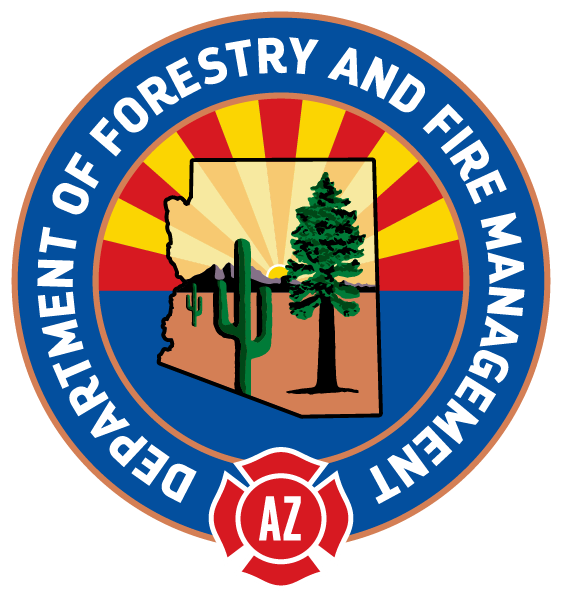Chill Hour Requirements Click Here for a PDF of Chill Hour RequirementsChill hour requirements are the cumulative number of hours that wintering trees must spend between the temperatures of 32°F and 45°F to stimulate proper bud growth, fruit set and fruit development after the winter dormant period. Edible trees that have chill hour requirements are shown at LEARN - Selected Edible Trees that Grow in Arizona. Specific chill hours for selected edible trees and for low chill varieties are shown in the table Chill Hour Requirements below. See the Edible Tree Directory for the range of chill hours needed for the full range of Arizona edible tree species. For information on cold air drainage conditions and tree placement, see CHOOSE - Cold Air and Chill Requirements. Many fruit and nut trees that grow in temperate climates (climates that are moderate rather than extremely cold or hot) have chill hour requirements. Most temperate fruits, such as figs, pomegranates, olives, apples, pears, peaches, and plums require 200 to 2000 chill hours in the winter. Fruit and nut trees requiring long chill hours are suited to the higher elevations of Arizona (High Plateau/Mountain and High Mountain areas), while fruits with low chill requirements (600 hours or below) grow best in the desert zones (Low to High Desert regions). In general, the later a fruit or nut tree typically blooms, the more chill hours it requires. Determining tree chill requirements is not an exact science, so different sources have different ranges of chill hours. Many types of fruit and nut trees have low-chill varieties that can be planted in desert areas. Ask experts at local nurseries and Cooperative Extension offices what the chill hours are in your location and their recommendations for appropriate tree varieties for your areas. Experiment to see what grows best at your site. |
ADDITIONAL RESOURCES Dave Wilson Nursery: Fruit Tree Chilling Requirement. University of Arizona Cooperative Extension: Deciduous Fruits and Nuts for the Low Desert University of Arizona Cooperative Extension, Yavapai County: Fruit Tree Chilling Requirements. University of California: The California Backyard Orchard: Tree Selection. |
CAUTION: Never eat anything that is not properly identified. It is your responsibility to ensure that all fruits, nuts, seeds, pods and other edible products of trees and shrubs are correctly identified and safe to eat before eating them or serving them to others.
Copyright 2023
LEAF is under the fiduciary stewardship of the Arizona Community Tree Council, a 501(c)3 non-profit organization.
70 S Val Vista Drive, Suite A3-186, Gilbert, AZ 85296

 Dormant pomegranate in winter is accumulating chill hours.
Dormant pomegranate in winter is accumulating chill hours.


